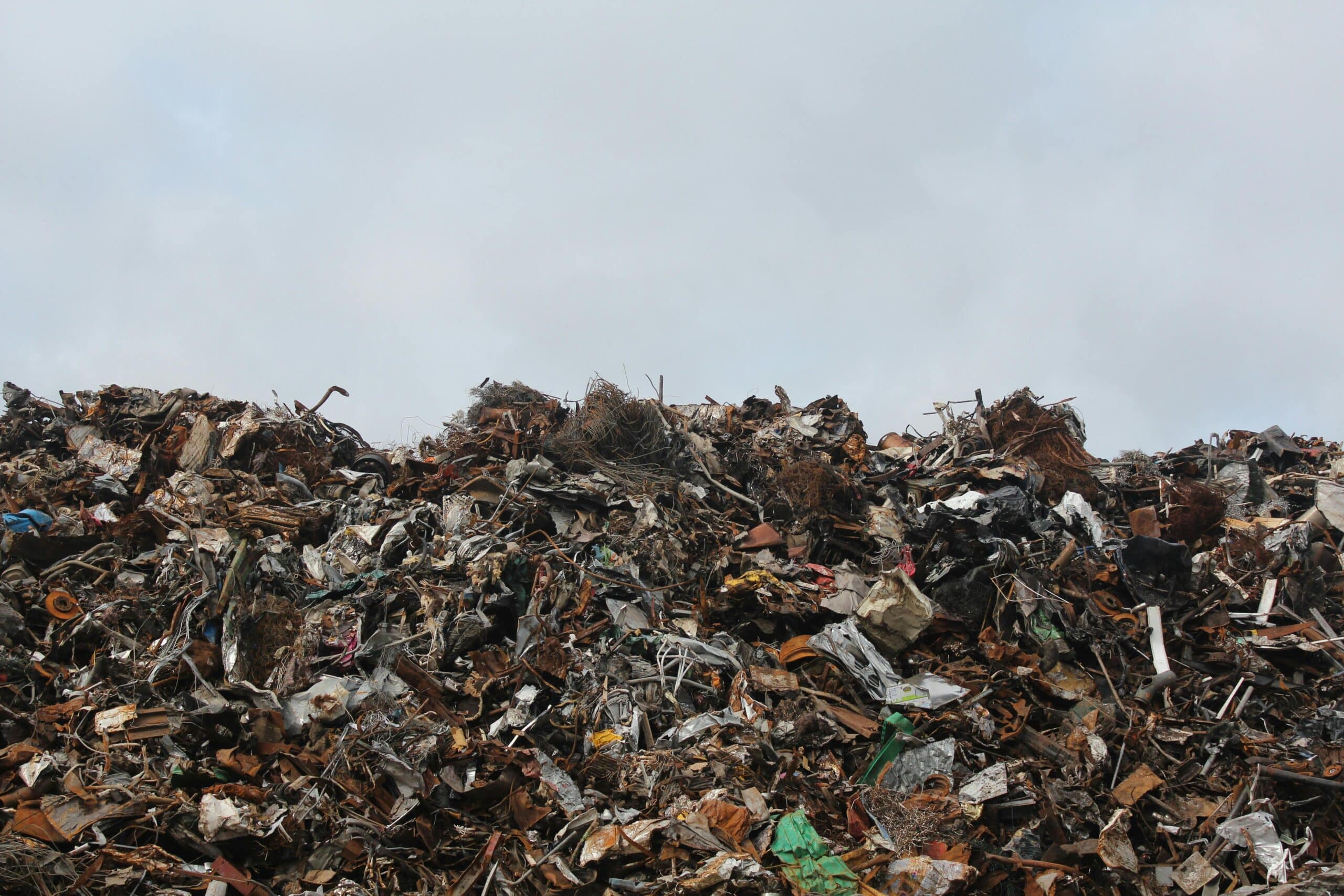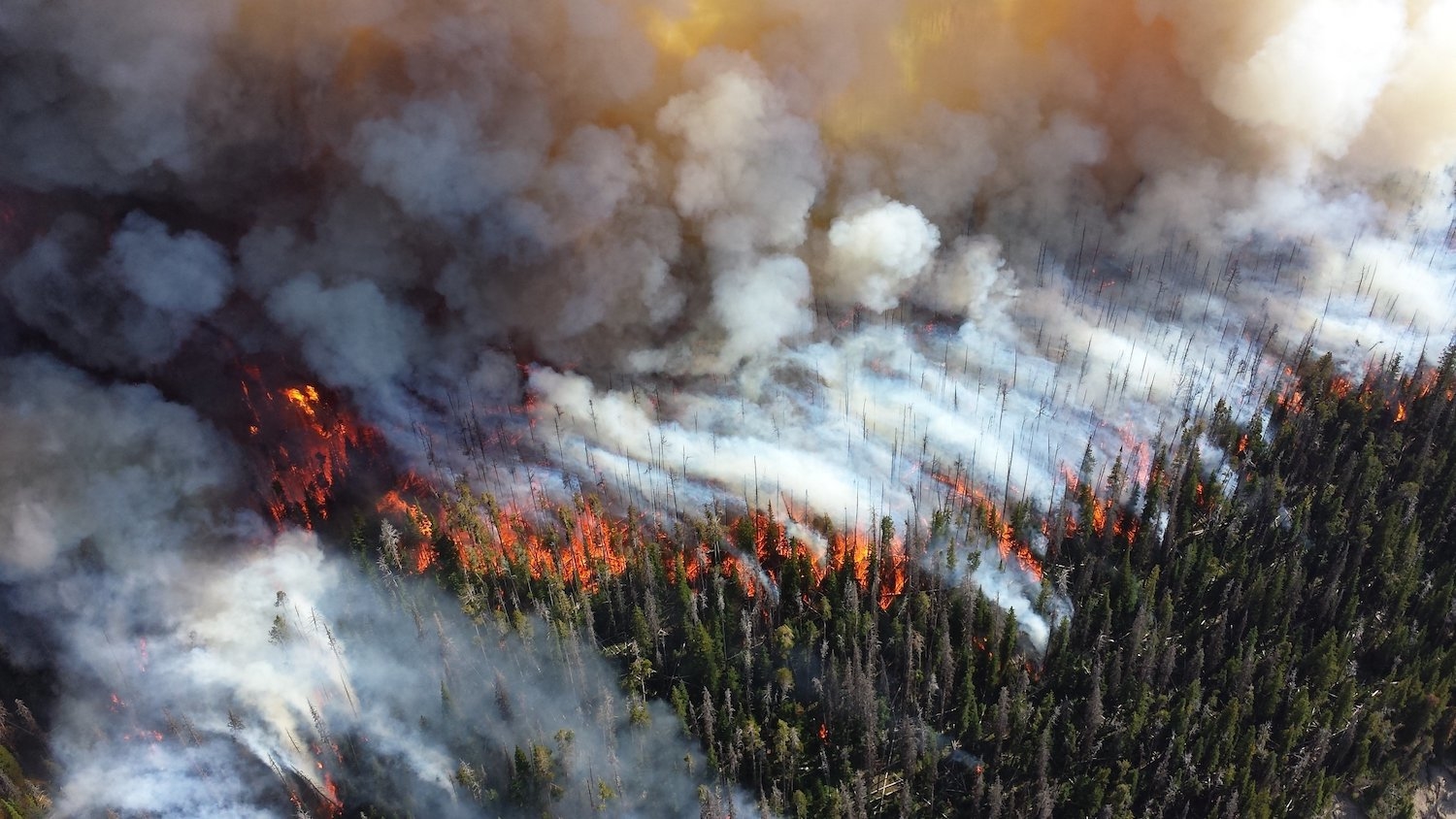No Rest for the Tornado

Do tornadoes take the weekends off? Researchers from NC State University examined the question of the connection between tornado frequency and aerosol pollution, and found that any link between the two is tenuous at best.
Aerosols are tiny airborne particles, many of which are associated with air pollution. Previously, some scientists had hypothesized that these aerosols, which are more common in the atmosphere during the work week due to increased vehicle and manufacturing pollution levels, were also responsible for increased tornadic activity during that period.
NC State atmospheric scientists Sandra Yuter, Matt Parker and post-doctoral researcher Matthew Miller, along with other noted tornado experts, looked at both the alleged weekly cycle in tornadic activity, as well as the supposed effect that aerosols had on tornado formation.
By examining tornado data from 1965 to the present, they found that the numbers of tornadoes that occurred on any given day of the week varied, with no clear pattern showing that weekends had significantly less activity.
The theory behind aerosols’ influence on tornadoes is that increased aerosol pollution delays the formation of raindrops within upward moving air until higher up in a cloud compared to in conditions with low aerosol. This delay could change the subsequent air temperatures lower in the storm, which in turn influences the possibility that the storm will spawn a tornado.
However, Yuter and the other researchers pointed out that tornadic supercell storms are a unique breed of storm with high wind speeds that delay precipitation formation – regardless of the amount of aerosol in the air.
Finally, they showed that the increased amounts of weekday aerosol pollution that had been thought to impact tornadoes actually occur too far east to affect storms within “tornado alley,” where the vast majority of tornadoes in the U.S. occur.
You can read their findings here. Other contributors to the work include Paul Markowski and Yvette Richardson of Penn State’s Department of Meteorology, Harold Brooks of the National Oceanic and Atmospheric Administration’s National Severe Storms Laboratory, and Jerry Straka of the University of Oklahoma’s School of Meteorology.
- Categories:


